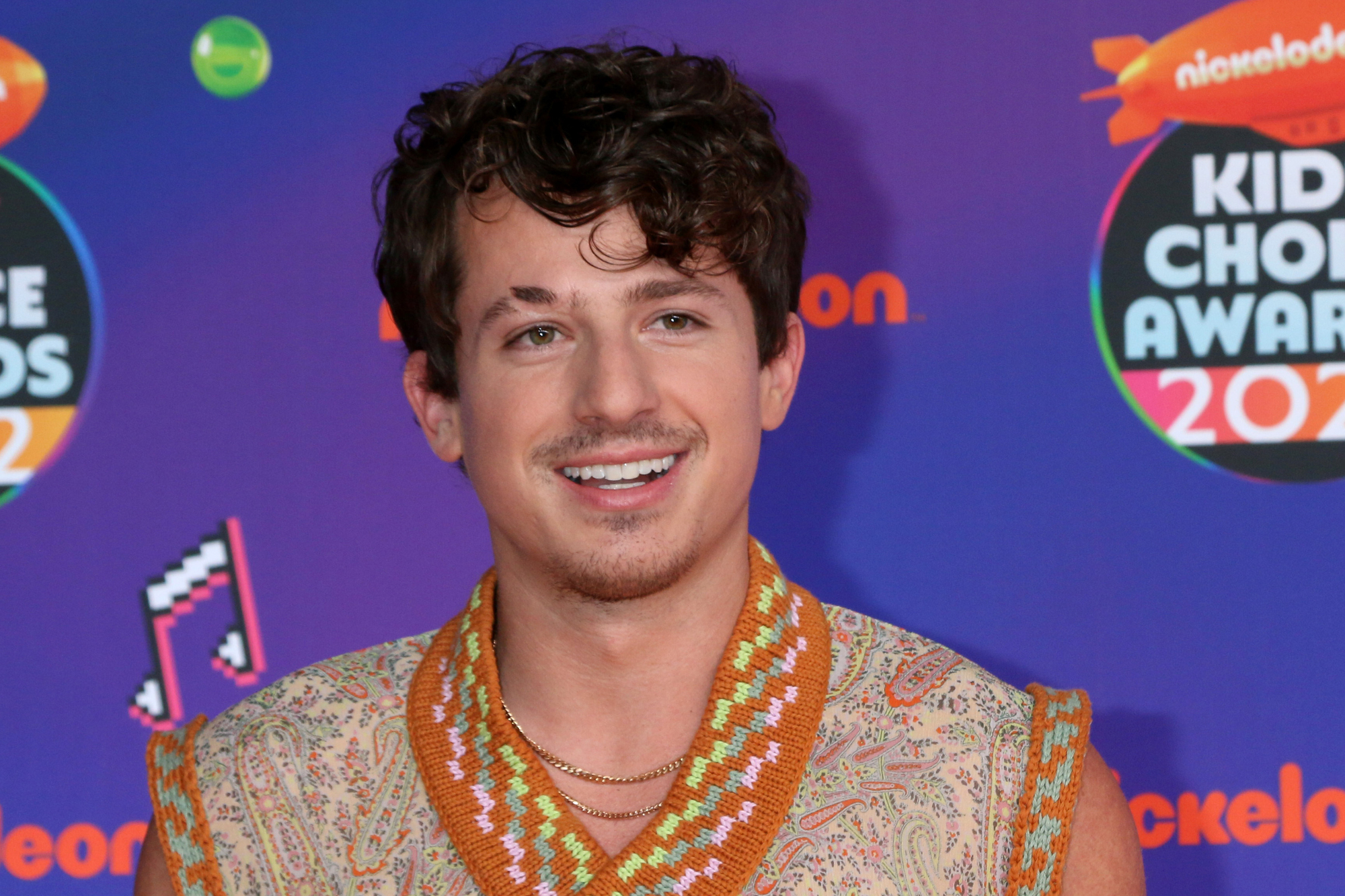How to Bet on Favorite Male TV Star: Kids’ Choice Trends and Fan Influence

The Kids’ Choice Awards represent one of entertainment’s most unpredictable ceremonies, where slime replaces sophistication and young audiences wield unprecedented voting power. For those interested in wagering on these outcomes, understanding the unique dynamics that drive children’s preferences toward male television stars requires a deep dive into fan culture, social media influence, and generational viewing habits.
How the Kids’ Choice Awards Are Different
The Nickelodeon Kids’ Choice Awards operate fundamentally differently from traditional award shows. While adult-oriented ceremonies often reward critical acclaim or industry recognition, the KCAs reflect pure popularity among viewers aged 6-14. This demographic approaches entertainment consumption with distinct patterns that savvy observers can leverage for predictive purposes.
Male TV stars in this category typically emerge from three primary sources: Nickelodeon original programming, Disney Channel content, and mainstream network shows with significant youth appeal. The voting process allows unlimited participation, meaning passionate fanbases can dramatically skew results beyond what casual viewership numbers might suggest.
The Power of Social Media Amplification
Modern children’s entertainment consumption intertwines heavily with social media platforms, creating measurable indicators for potential award success. TikTok, Instagram, and YouTube engagement metrics often serve as early predictors of Kids’ Choice Award momentum. Male stars who successfully translate their on-screen presence into viral social media content typically see corresponding increases in award consideration.
Platform-specific trends matter significantly. A male TV star generating consistent TikTok challenges or YouTube reaction videos demonstrates the kind of cultural penetration that translates into votes. Monitoring hashtag performance, fan-created content volume, and cross-platform engagement rates provides quantifiable data for assessment.
The influencer effect also plays a crucial role. When popular teen or young adult content creators endorse specific male TV personalities, their massive followings often adopt these preferences. This creates ripple effects that can dramatically shift voting patterns in ways that traditional entertainment metrics might miss.
Analyzing Demographic Preferences and Generational Shifts
Children’s television preferences reflect broader cultural moments and generational characteristics. Current young audiences gravitate toward authentic, relatable personalities over traditional Hollywood polish. Male TV stars who successfully project accessibility and genuine connection with their audience often outperform those with more polished but distant personas.
Genre preferences also influence outcomes significantly. Comedy programming tends to produce more Kids’ Choice Award winners than drama, as humor translates more directly into the kind of memorable moments that drive youth voting behavior. Male stars from sketch comedy shows, sitcoms, or variety programming historically perform better than their dramatic counterparts.
The representation factor cannot be overlooked. Today’s young audiences increasingly value diversity and inclusion, making male TV stars from various ethnic and cultural backgrounds more likely to gain traction. This shift represents both changing demographics and evolving social consciousness among younger viewers.
Fan Community Dynamics and Voting Mobilization
Understanding how fan communities organize and mobilize provides crucial insight for prediction purposes. Male TV stars with highly organized, passionate fanbases often outperform those with larger but less engaged audiences. These communities coordinate voting campaigns, create promotional content, and generate sustained buzz leading up to award ceremonies.
The role of fan fiction, fan art, and other creative expressions serves as an indicator of deep audience connection. Male TV personalities who inspire significant fan-generated content demonstrate the kind of cultural impact that translates into award success. Monitoring platforms like Wattpad, Archive of Our Own, and DeviantArt can reveal surprising frontrunners.
Cross-generational appeal also influences outcomes, as many children watch television alongside older siblings or parents. Male TV stars who successfully engage multiple age groups often benefit from household-wide support that amplifies their voting potential.
Timing and Cultural Momentum Factors
The entertainment calendar significantly impacts Kids’ Choice Award outcomes. Male TV stars from shows premiering or reaching peak popularity during the voting period typically enjoy advantages over those from established but less culturally prominent programs. New content generates excitement and discussion that older programming, regardless of quality, struggles to match.
Scandal and controversy effects require careful consideration. While adult award shows might see careers survive various controversies, children’s entertainment maintains stricter standards. Any negative publicity can dramatically impact a male TV star’s Kids’ Choice Award prospects, making reputation monitoring essential for accurate predictions.
Seasonal programming patterns also matter. Shows airing during key viewing periods like summer vacation or holiday breaks often see increased engagement that translates into award consideration. Understanding network programming strategies provides insight into which male stars will enjoy maximum exposure during crucial periods.
Strategic Considerations for Informed Wagering
Successful prediction requires balancing multiple data streams rather than relying on single indicators. Combining traditional metrics like viewership numbers with modern measurements such as social media engagement and fan community activity creates more comprehensive assessment frameworks.
Early season momentum often proves more predictive than sustained popularity. Male TV stars generating significant buzz during their show’s initial episodes frequently maintain that energy through award season, while those peaking too early may lose momentum by voting time.
The international factor increasingly influences outcomes as streaming platforms globalize children’s content consumption. Male TV stars with international appeal, particularly in English-speaking markets, often demonstrate surprising strength that domestic-only analysis might miss.
Understanding these complex dynamics enables more informed decision-making when engaging with Kids’ Choice Award predictions, recognizing that success requires appreciating the unique cultural moment these awards represent in contemporary children’s entertainment.






